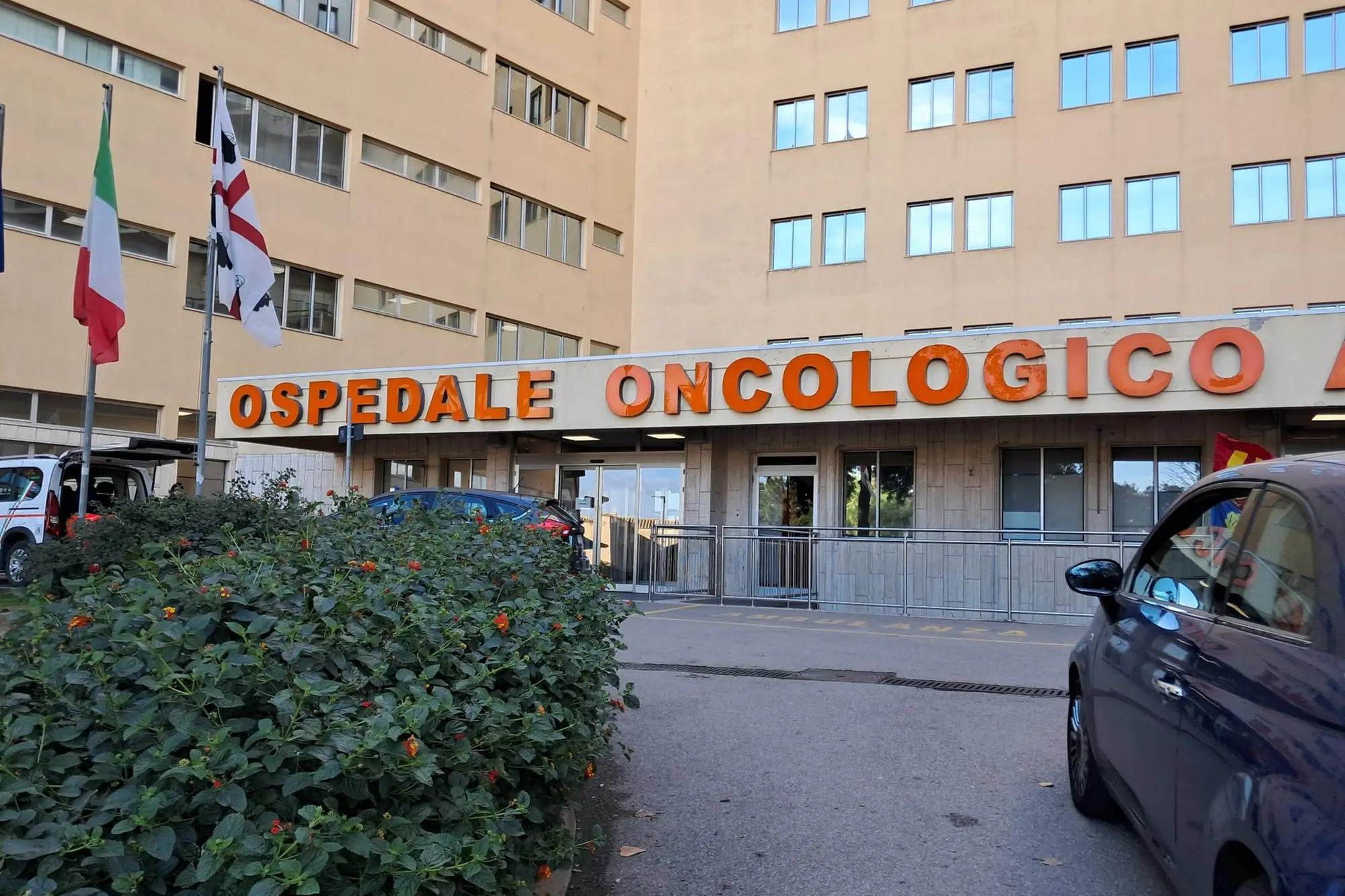Businco operating rooms, Cimo union writes to Todde: «Don't empty the Oncology»
Letter from the doctors' union to the governor: "Deafening silence on her part. Here are the risks for the hospital"Per restare aggiornato entra nel nostro canale Whatsapp
We publish an open letter to the President of the Region written by the Cimo doctors' union, signed by the Businco representative Alessandro Murenu, regarding the upcoming announced closure of the Oncology operating rooms.
***
We would like to underline some points that in these months do not seem to have been highlighted correctly and therefore not fully understood, except by some meritorious associations of patients and relatives who live every day of their lives the difficulties, sometimes insurmountable, that afflict them. The person writing them, in addition to living them every day in the profession, has sometimes also had the opportunity to live them as a relative, even recently, and despite belonging as some might think to a "privileged category" has suffered the difficulties.
By virtue of this, I too would like to ask, as has already been done by many, for an interruption of your deafening silence on the matter which, together with all the Businco operators, I would like to sensitize to give an answer in the primary interest of the patients and their families.
Without wanting to slavishly recall the various actions undertaken by the Arnas leaders in recent years, we can certainly say, in agreement with many, that a large part of these have lost their way in the search for the squaring of a circle of which, alas, we would like the true hidden meaning to escape.
To be more precise, since the pandemic, several resolutions have been adopted with a vague flavor of conflict between them. To cite an example that I know better: Thoracic Surgery has been renamed Thoracic Interventional Surgery and Endoscopy and aggregated to the Surgical Oncology Department; this, as is known, in the chaotic restructuring of the Businco operating rooms that is looming, should be transferred to San Michele in compliance with Ministerial Decree 70, a decree that regulates the NHS and which all actors in the affair are advised to read carefully, without being misled by dubious vested interests.
The transfer (so-called temporary) of CEIT to San Michele would give rise to the complete destructuring of the Oncology Department, as already feared by many.
With the justification of the necessary presence of the Thoracic Surgeon in the Trauma Center, the entire Structure is to be transferred there (in open conflict with what is well indicated in the DM 70); to better specify, consider that the annual surgical activity of the CEIT regarding trauma is less than 10 cases per year, of which less than 10% is performed in emergency regime, against an operating activity of approximately 400 cases per year of which 85% concern oncological pathologies. The true meaning of this operation must therefore be explained.
For those who are less attentive , let's see how the destructuring of the Oncology Department would take place: the Complex Structure of General Gynecology and Oncology is already de facto at San Michele; the Complex Structure of Thoracic Surgery and Interventional Endoscopy would be transferred there shortly; the Complex Structure of Breast Surgery would have to carry out its activity in an operating room that is not up to standard and certainly in cramped spaces, and would have to share it with the CTMO and the Complex Structure of Anesthesia and Resuscitation, whose staff, however, would have to partly follow the CEIT to San Michele for its surgical activity. The medical staff, therefore, would not be sufficient to cover the interdivisional surgical on-calls at Businco. The Complex Structure of General Surgery with an Oncology focus (nascent?) would not have premises in which to carry out its surgical activity at Businco, and would acquire the current spaces of the CEIT. Finally, it is not clear how the CEIT's return to Businco could be guaranteed upon completion of the renovation work on the operating rooms.
We now have a few grey hairs and a memory that allows us to recall similar precedents: the Binaghi, the best hospital structure in Cagliari, saw the restructuring of the operating rooms and was emptied of the qualifying hospitalization departments; the Marino, transferred to a hotel with well-known structural deficiencies, saw once again the restructuring of the operating rooms and once again the impoverishment of the hospitalization structures.
We would not like this to be the fate of the Oncologico-Businco . For this reason, certain of his human sensitivity and his proven managerial skills, we ask once again for a precious intervention in this regard.
Alessandro Murenu, representative of Cimo Oncologico-Businco
